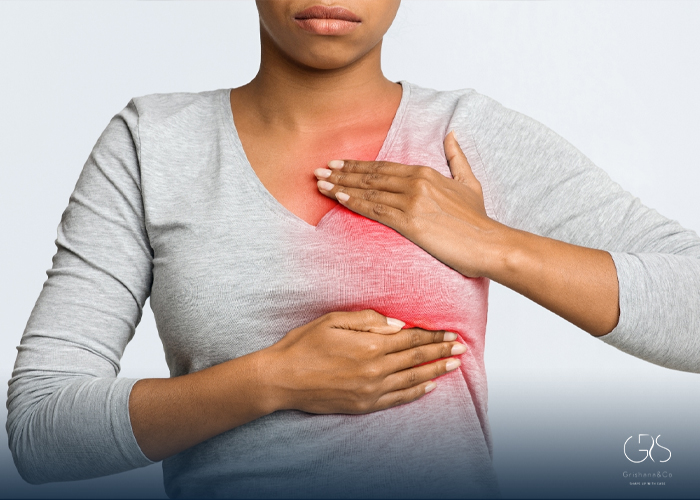Breast self-exams are an essential part of maintaining women’s health and detecting any changes in the breast tissue that may signal a potential issue. By performing regular self-examinations, women can actively participate in their own health care and increase the chances of early detection and treatment of breast cancer. In this article, we will guide you through the basics of performing a breast self-exam.
Importance of Breast Self-Exams:
Breast cancer continues to be a significant health concern globally. According to the World Health Organization (WHO), breast cancer is the most common cancer among women, with approximately 2.1 million new cases diagnosed in 2018 alone. Early detection is crucial, as it contributes to a higher survival rate and more effective treatment options. While self-exams are not a substitute for mammograms and clinical breast examinations, they serve as a valuable tool in promoting self-awareness and facilitating early detection.
In addition to the valuable information shared in this article, it is recommended to explore further insights on triple-negative breast cancer.

Step-by-Step Guide to Perform a Breast Self-Exam:
- Familiarize yourself with your breasts: Stand in front of a mirror and visually inspect your breasts, noting any changes in size, shape, or skin texture. Look for any visible lumps or dimpling of the skin.
- Examine your breasts visually with raised arms: Raise your arms overhead and examine your breasts in the mirror again. Observe if there are any changes in contour or swelling.
- Examine your breasts with palpation: Lie down comfortably, placing a pillow beneath your right shoulder. Use the pads of your three middle fingers on your left hand to feel for lumps or abnormalities. Start from the outermost edge of the breast and move inward using circular motions. Repeat the process on your right breast.
- Check for changes in nipple appearance: Gently squeeze each nipple to check for any discharge or changes in appearance.
- Perform a self-examination in the shower: The soap and water will facilitate smoother movements on the skin. Repeat the palpation as mentioned earlier.
When to Seek Medical Attention:
It’s important to remember that most breast changes are not related to cancer. However, if you notice any of the following, make an appointment with a healthcare professional:
- A lump or thickening in the breast or underarm area
- Changes in the size or shape of a breast
- Dimpling or puckering of the breast skin
- Nipple changes, such as redness, itching, scaling, inversion, or discharge
- Persistent breast or nipple pain
Screening Guidelines and Diverse Perspectives:
Screening guidelines for breast cancer vary across countries and organizations. It is crucial to consult with healthcare professionals or local health authorities to determine the recommended practices based on your age, risk factors, and geographical location.
Diverse perspectives emphasize the importance of personalized healthcare and the need to tailor strategies based on individual risk factors. For instance, some experts argue for starting mammograms at an earlier age or considering additional screening tools, such as breast ultrasound or magnetic resonance imaging (MRI), for higher-risk populations. These perspectives highlight the significance of open dialogue with healthcare professionals to assess the best approach for your unique circumstances.
Conclusion:
Performing regular breast self-exams empowers women to become actively involved in their own healthcare and increase the chances of early detection of breast cancer. While self-exams are not a replacement for mammograms or clinical examinations, they provide an opportunity for women to become familiar with their breasts and detect any changes. By combining self-exams with routine clinical screenings, women can prioritize their health and take proactive measures towards breast cancer awareness.
Sources
- World Health Organization, Breast Cancer
- American Cancer Society, Breast Cancer






